HOW DOES AN AUTONOMOUS COMMUNITY PROTOCOL OF TRADITIONAL PEOPLES AND COMMUNITIES COME INTO BEING?
INTRODUCTION: These documents will describe exactly how the process of consultation and obtaining consent will take place, with respect to the social, political and cultural organization of the peoples. It is the duty of the state to follow the procedures established by the protocols and to respect the linguistic and cultural plurality of the communities. To uncover how protocols come about, the Protocol of the Quilombola Communities of Alcântara and the Protocol of the Quilombola Community of Abacatal were analyzed, taking into account the historical process of each community, as well as the history of the quilombolas themselves. AIMS: Identify the context in which Community Autonomous Protocols emerged and their importance for the social organization of traditional peoples and communities. i. Analyze the community protocols available on the Protocol Observatory website between 2020 and 2023; ii. Separate the protocols that refer to social organization and the relationship with the modern state; iii. Write about the context that leads each people to build autonomous protocols. MATERIALS AND METHODS: The research was based on a bibliographic analysis of the books, theses, dissertations and articles made available by the Observatory of Community Protocols – Partial Report on Prior, Free and Informed Consultation and by the Centre for Research and Extension in Socio-Environmental Law (CEPEDIS), complemented by a systematized reading of the autonomous community protocols available on the Observatory’s database. The themes were explored in depth through the research groups: Observatory of Community Protocols for Prior, Free and Informed Consultation: Territorial rights, self-determination and jusdiversity, coordinated by Professor Liana Amin Lima and Professor Carlos Frederico Marés, and Environment: Traditional Societies and Hegemonic Society, coordinated by Professor Carlos Frederico Marés de Souza Filho and Heline Sivini. RESULTS: The Quilombola Community of Abacatal-Aurá is facing the various damages of the accelerated urbanization of the state of Pará. The quilombo is located in the municipality of Ananindeua or, rather, it is the municipality that sits on top of the quilombola territory – as Antônio Bispo dos Santos (2023) puts it. The community was formed in the 18th century, in the mid-1970s, and today has 500 hectares of land, where approximately 200 families live. The subjects of the consultation are also set out there, chosen with the intention of including all the people who have always been excluded in the discriminatory and violent processes of invasion of the territories. All people from the Abacatal should be consulted: women, men, children, teenagers, young people, the elderly, farmers, university students, people with disabilities, cultural groups, religious groups, families from Sítio Bom Jesus and those who live on the banks of the Uriboquinha creek and who are within the traditional territory. In this way, the needs of all the social groups that make up Abacatal are taken into account during the decisionmaking process. The Abacatal community builds its own protocol as a way of protecting itself from the numerous and constant threats to its territory. FINAL CONSIDERATIONS: These are the protocols of resistance. Their genesis is conflict, the violation of rights and the violence of bodies and territories. When the state violates a right conferred by an international convention, it is up to the peoples to rescue that right, mend that right and rebuild that right.
KEYWORDS: 1. Traditional Peoples; 2. Prior Consultation; 3. Nature; 4. International Law; 5 Consultation Protocols.




